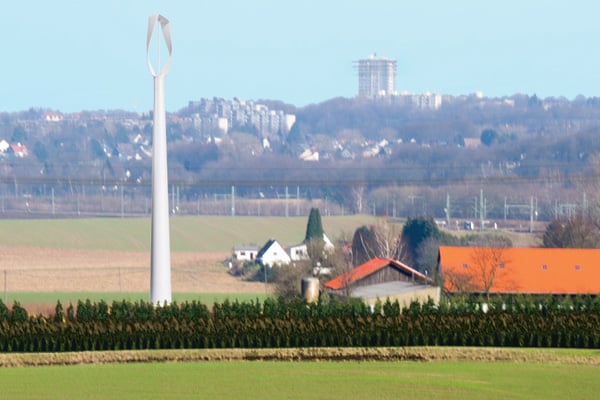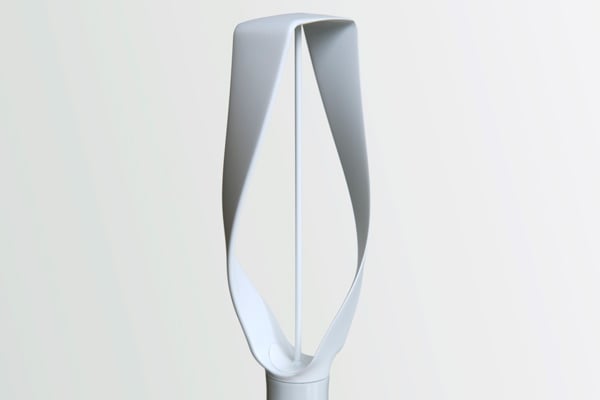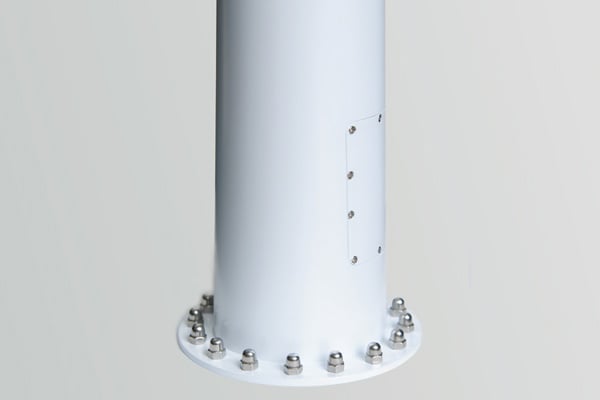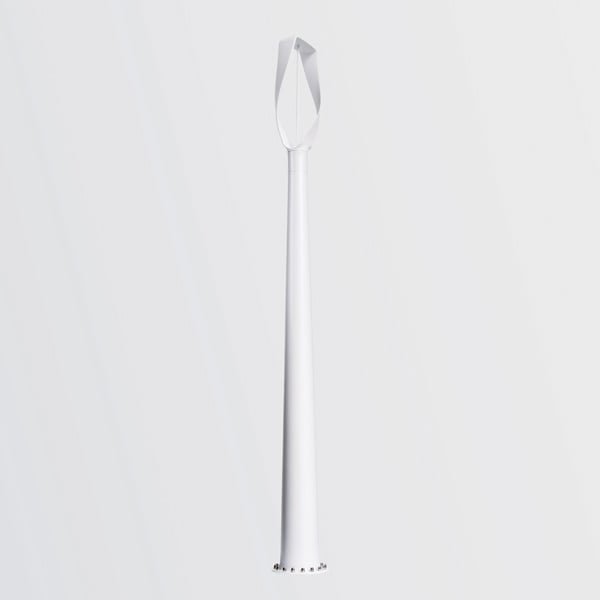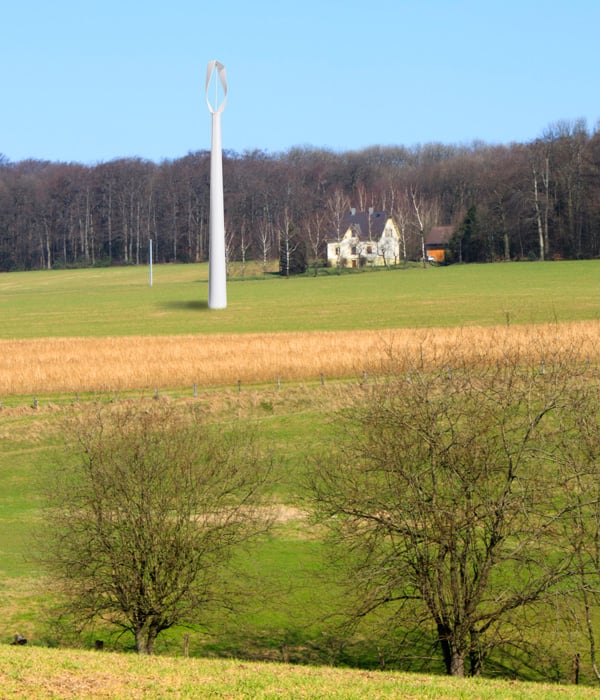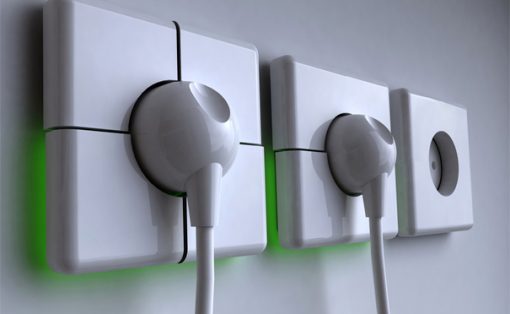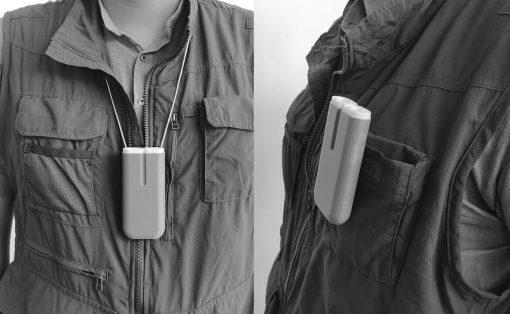As my airplane circled over Amsterdam, one of the most notable aspects of the landscape below was the number of modernized windmills dotting the fields. So when I came across the Harmowind project, it got me thinking, why can’t we adapt to this free source of energy and become self-reliant? This particular windmill has been specifically designed for household use and can be installed in the backyard. It has the capacity to generate enough power for a single-family unit to use.
As the designer explains, “Unlike the horizontal axis wind turbines, Harmowind is independent of wind direction. It can make use of wind turbulence to generate power, which happens very often in built-up area. Harmowind runs extreme quietly thanks to not only the vertical axis, but also the small rotation radius.”
- Wind speed is proved to be the most important element (among wind speed, investment costs, operating cost, interest rate and useful life) in reducing or increasing the electricity production cost.
- As the wind is stronger higher up, and a wind turbine with a height of max. 10 m is allowed to be built without authorization in most states of Germany; it was designed as 10 m high.
- Double-blade-rotor decreases (compared to 3-blade-rotor) the demand on the natural frequency of the mast.
- A helix-form reduces the unevenness of aerodynamic force.
- The shadow effect of the wind turbine has also been a problem when its built near a house.
- The blade design was aimed also to minimize the shadow and to weaken disco-effect during the rotation.
- In consideration of min. 20 years of service life, the design has tried to present the feeling of harmonious, timeless, long lasting functionality.
Designer: Hailan Li
